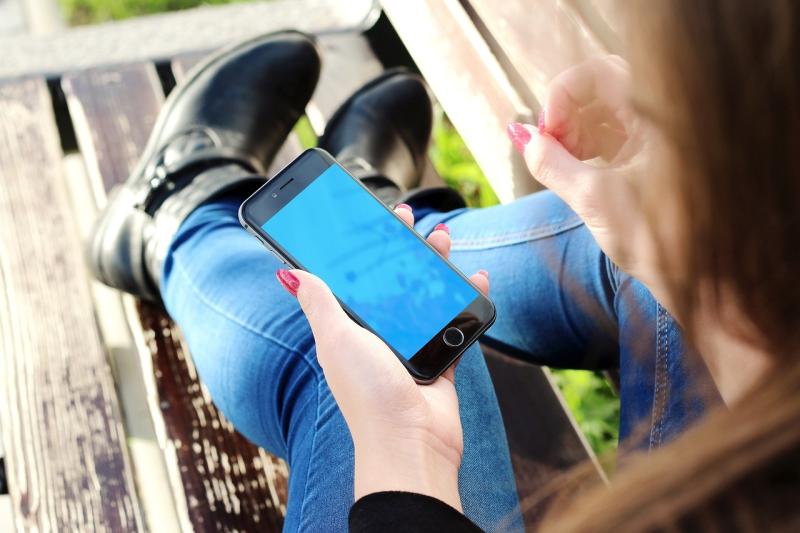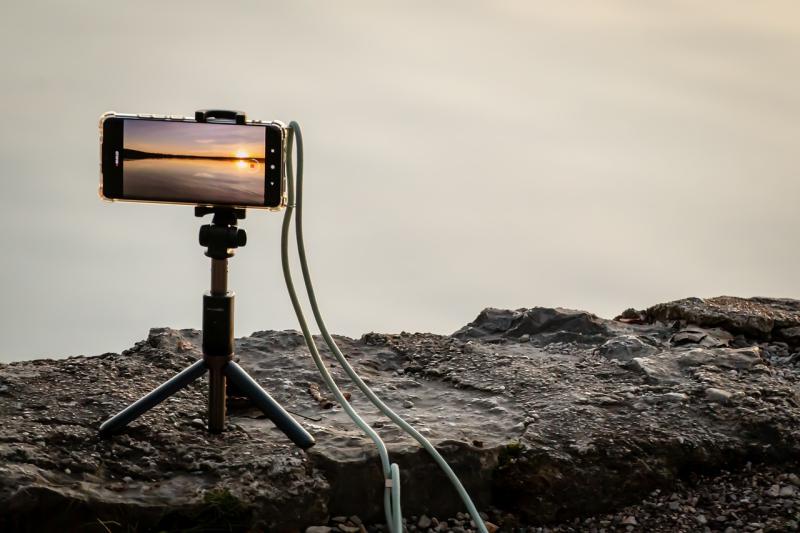The journey to the first smartphone began in the early 1990s, a time when mobile phones were primarily used for voice calls. One of the leading figures in this evolution was IBM, which introduced the Simon Personal Communicator in 1992. This device was a game changer—blending a phone with a PDA (Personal Digital Assistant) and setting the stage for what we now know as smartphones.
The Simon wasn’t just a phone; it had a touchscreen, email capabilities, and even allowed users to send and receive faxes! It came with a calendar, address book, and a directory of contacts. Imagine carrying all that in your pocket back then! Its design was a bit bulky by today’s standards, but for its time, it was revolutionary.
What really made the Simon stand out were its apps. It came with several pre-installed applications, and developers could create new ones too. Users could download different features, expanding what the device could do beyond just making calls. This idea of apps opened the door for the thriving app ecosystem we enjoy today.
Despite its innovative features, the Simon was ahead of its time and didn’t see widespread success. Still, it laid the groundwork for future devices. The concept of a multifunctional mobile device captured the imagination of tech enthusiasts and paved the way for the smartphones we know today. Companies started to take notice, realizing there was a growing demand for mobile connectivity beyond simple calls.
Key Features That Changed Everything
One of the biggest features was the introduction of a touch screen. Gone were the days of tiny buttons and complicated keypads. This touchscreen allowed for a seamless way to interact with the device, making it more intuitive and user-friendly. You could swipe, tap, and pinch to navigate your apps, which just felt natural.
Another crucial feature was the ability to access the internet on the go. This opened up a world of possibilities. People could check emails, browse the web, and even download apps right from their pockets! Imagine having all that information at your fingertips wherever you went—it was revolutionary at the time.
Don't forget about the integration of a camera. Early smartphones let users capture moments instantly without needing a separate camera. Being able to take, edit, and share photos in seconds changed how we documented our lives, making it easy to connect with friends and family through social media.
Lastly, the introduction of apps played a huge role in this evolution. Developers started creating applications for everything from productivity to gaming, which made smartphones more versatile. This variety meant that whatever your interests were, there was likely an app to match, giving users a personalized experience.
How Smartphones Transformed Communication
Smartphones have completely changed the way we communicate with each other. Before they hit the market, talking to someone far away meant relying on calls or emails, and sending messages could take forever. With the arrival of smartphones, everything became faster and easier. Now, we can send a quick text, share photos instantly, or jump into a video call with just a few taps.
One of the game-changers in communication was the introduction of instant messaging apps. Platforms like WhatsApp and Messenger let us send messages in real-time, making conversations feel more connected. Instead of waiting for a reply, we can chat back and forth as if we’re in the same room. Plus, group chats make it super easy to stay in touch with friends and family, no matter where they are.
Another cool factor is social media. Platforms like Facebook, Instagram, and Twitter brought a whole new level of interaction. We can engage with our loved ones, share life updates, and even connect with people we’ve never met. This not only strengthens relationships but also allows us to be part of a bigger community online.
Smartphones also bridge the gap between different modes of communication. You can call someone, then switch to texting, or send a voice note when typing feels too slow. The flexibility is fantastic, catering to everyone's preferences and ensuring we connect in the way that feels best at the moment.
Looking Ahead to the Future of Smartphones
As we look forward, the future of smartphones is buzzing with possibilities. With technology advancing at lightning speed, we can expect features that were once just dreams to become everyday realities. Imagine smartphones that not only respond to your voice but understand your emotions. That’s right; AI is getting smarter and more intuitive!
Foldable screens are becoming more common, and they’re just the beginning. Picture a device that fits comfortably in your pocket when closed, but opens up to a tablet-sized screen for watching movies or working on the go. The flexibility in design will change how we use our phones, making multitasking even more seamless.
Battery life is another area where you’ll see big improvements. With better energy-efficient technology, future smartphones will allow you to use your device all day without scrambling for a charger. Plus, we’re likely to see faster charging options that power up your device in a fraction of the time.
Security is also set to take a leap forward. Biometric features like facial recognition and fingerprint scanning will become even more advanced, making it easier and safer to unlock your phone and protect your personal information.
So, whether it's stunning new designs, longer battery life, or smarter AI capabilities, the future of smartphones is looking bright. It’s an exciting time to be a tech lover, and the innovation just keeps on coming!



